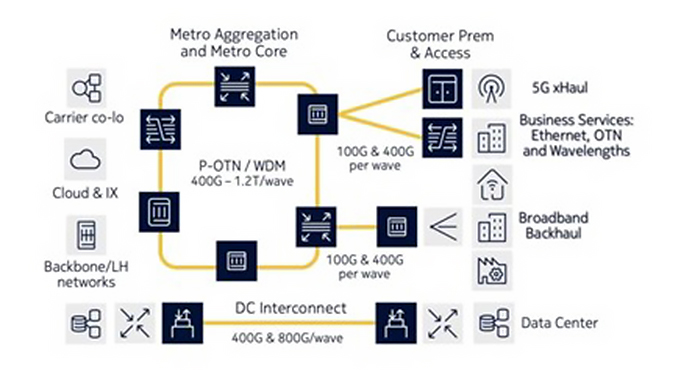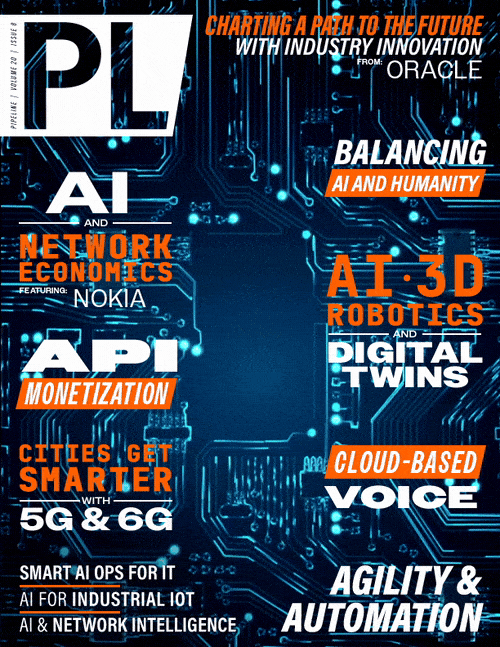The Network Economics of AI are Driving
Bandwidth to the Metro Edge
By: Marco Bertolini

The explosion of interest in AI is expected to result in a market size of $2.5 trillion by 2032. Network and cloud interconnection architectures, especially in the metro area, are also scaling rapidly to align with the demand for AI-based services. Similarly, the size of the edge computing market in 2023 reached $16.5 billion, and edge analytics will reach $41 billion globally within five years.
The focus on the edge reflects the economics of AI-driven use cases in everything from smart cities and transportation to logistics and advanced manufacturing. Data is being processed at the edge because localized exchanges reduce transportation costs, provide the lowest latencies, and are closest to dense populations with their increasingly automated service infrastructures.
Even IoT data, which is individually negligible, begins to add up as it scales. It is estimated that 40 billion IoT devices will be available in 2025 and that these devices will be capable of generating 79.4 zettabytes of data. Along with the $1 trillion 5G services market by 2028 and the $35 billion PON access market by 2030, it’s expected that in just two years, 33 petabytes of data will require interconnection bandwidth, and the demand is growing fast.
Delivery of massive volumes of data to the edge is being facilitated by the ever-increasing deployment of optical fiber deeper into metro and access networks, as it provides nearly unlimited
bandwidth over traditional copper or radio access technologies.

Figure 1: Metro edge networks expand connectivity past the core to a wide array of use cases and applications.
All this data will be serviced by a wide range of service providers including colocation companies, cloud service providers and hyperscalers, internet exchange points, content delivery networks, research and education networks (RENs), and telecom communications service providers (CSPs), all of whom need to build out their metro edge and interconnect networks to meet the surging demand for bandwidth to the network edge.
Introducing the Metro Edge
The networks that deliver our communications services are not one-size-fits-all. Tailored solutions are essential and are dictated by the scale and distances data must traverse, the end-users served, and the specific needs of each network operator. This isn’t inherently different from moving people and freight: small, light vehicles, even



















